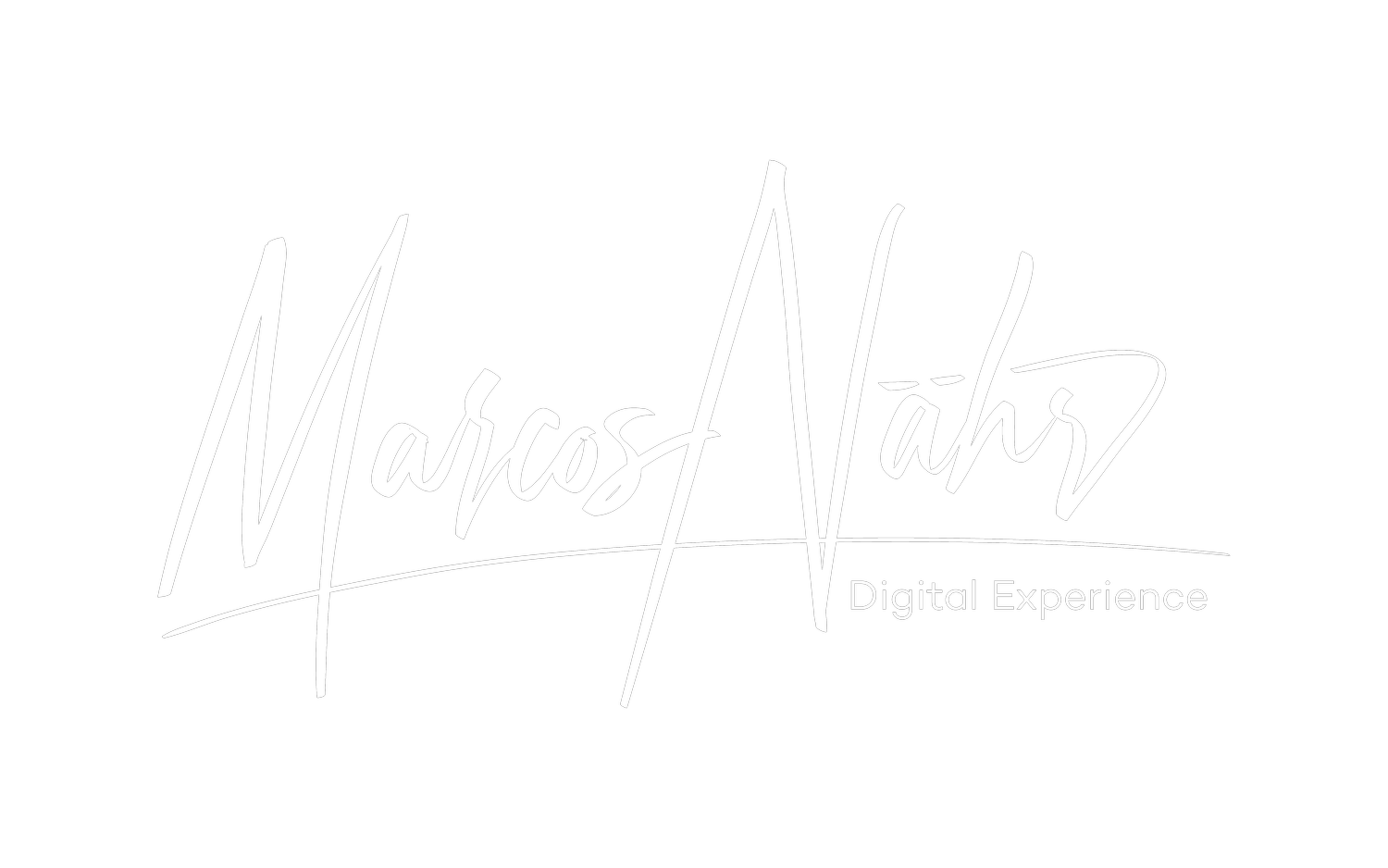Exploring Different Design Language Approaches
Creating and applying a Design Language System (DLS) is essential for aligning design efforts across platforms and products.
But design languages are not crafted equally. They vary significantly based on their focus areas, from strategic to visual, and their adaptability over time.
The Strategic Approach
A strategic approach to a design language prioritizes the alignment of design efforts with overarching business goals and brand values. It's a method that looks beyond the visual elements, focusing on how design decisions can support and drive the organization's objectives forward. This approach involves a deep understanding of the brand's market positioning, target audience, and long-term vision, ensuring that the design language acts as a bridge between the user experience and the brand's strategic aspirations. Companies adopting this approach often see design not just as a function of aesthetics but as a core component of their business strategy.
The Visual Approach
The visual approach to design language focuses on creating a unique and memorable visual identity. This method prioritizes the aesthetics of design—color palettes, typography, imagery, and iconography—to forge an emotional connection with the users and enhance brand recall. The visual approach is particularly relevant in markets where brand differentiation is key and where the look and feel of the product play a crucial role in user preference. This approach ensures that every interaction with the product reinforces the brand's visual narrative, creating a cohesive and immersive experience.
The Evolutionary Approach
An evolutionary design language is built with change in mind. It acknowledges that as a brand grows and evolves, so too must its design language. This approach is characterized by flexibility and adaptability, with guidelines that allow for iteration and innovation without losing coherence. The evolutionary approach is especially suitable for industries subject to rapid technological change or shifting user expectations. By adopting this method, companies ensure their design language remains relevant and responsive to new trends and user needs, fostering a UX that evolves alongside the brand and its audience.
The Holistic Approach
The holistic approach to design language seeks to integrate both the strategic and visual elements of design, along with operational aspects such as usability and accessibility. It's a comprehensive method that considers every aspect of the user's interaction with the brand, from the first impression to the minutiae of everyday use. This approach ensures that the design language encapsulates the brand's essence at every level, delivering a user experience that is not only visually consistent but also deeply integrated with the brand's core values and operational excellence.
The Component-Based Approach
The component-based approach is centered around the concept of reusable design elements. It focuses on building a library of design assets that can be assembled and reconfigured to create various interfaces. This method streamlines the design process, promoting efficiency and consistency across products and platforms. It's an approach that appeals to organizations with a broad digital footprint, enabling them to maintain a unified UX across a diverse range of offerings. By treating the design language as a modular system, companies can quickly adapt to new requirements while ensuring a consistent and cohesive user experience.
"A design isn't finished until somebody is using it." — Brenda Laurel
The approach to developing a Design Language System significantly influences how it shapes the user experience and supports the brand's goals. Whether prioritizing strategic alignment, visual identity, adaptability, holistic integration, or modular efficiency, each method offers distinct advantages.
The key lies in choosing an approach that aligns with the brand's vision, the nature of its products, and the expectations of its users. In doing so, companies can leverage their design language as a powerful tool to create a unified, engaging, and memorable user experience.
